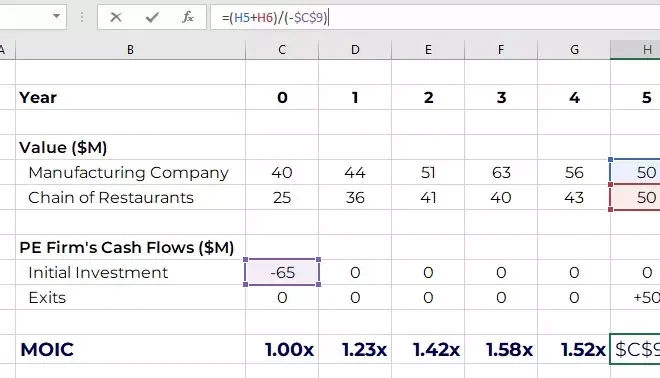How to calculate dependency ratio

Dependency ratio is a crucial demographic indicator that provides valuable insights into the age structure of a population. It calculates the proportion of working-age individuals relative to dependent age groups, usually separated into children (ages 0-14) and elderly (ages 65 and above). This ratio helps determine economic stability, resource allocation, and social security policy decisions. In this article, we will explore the definition, significance, and method for calculating the dependency ratio.
Section 1: Definition of Dependency Ratio
– Explain what dependency ratio is
– Describe various types of dependency ratios (e.g., child dependency ratio, old-age dependency ratio, and total dependency ratio)
– Explain how each type can be useful in different scenarios
Section 2: Significance of Dependency Ratio
– Discuss the importance of analyzing population age structures
– Elaborate on how dependency ratios can impact an economy
– Explain how high or low dependency ratios can influence labor markets, social security systems, and resource management
Section 3: Calculating Dependency Ratio
a) Explain the data required to calculate dependency ratios:
– Provide definitions for each age category (children, working-age adults, elderly)
– Discuss possible sources of this data (census reports, statistical agencies, etc.)
b) Present the formula for calculating total dependency ratio:
Total Dependency Ratio = ((Number of children + Number of elderly) / Number of working-age adults) * 100
c) Provide step-by-step instructions for calculating the three types of dependency ratios:
– Child Dependency Ratio = (Number of children / Number of working-age adults) * 100
– Old-Age Dependency Ratio = (Number of elderly / Number of working-age adults) * 100
– Total Dependency Ratio calculation as mentioned above
Section 4: Interpretation and Application
– Discuss how to interpret the results of calculated dependency ratios
– Explain the implications of different ratios for policymaking, resource allocation, and economic development
– Provide some examples of real-world dependency ratio situations and their consequences
Conclusion:
Sum up the importance of understanding dependency ratios in today’s rapidly changing world. Emphasize the need for businesses, governments, and organizations to be aware of population age structures and incorporate dependency ratio insights into their strategic planning and decision-making processes.






